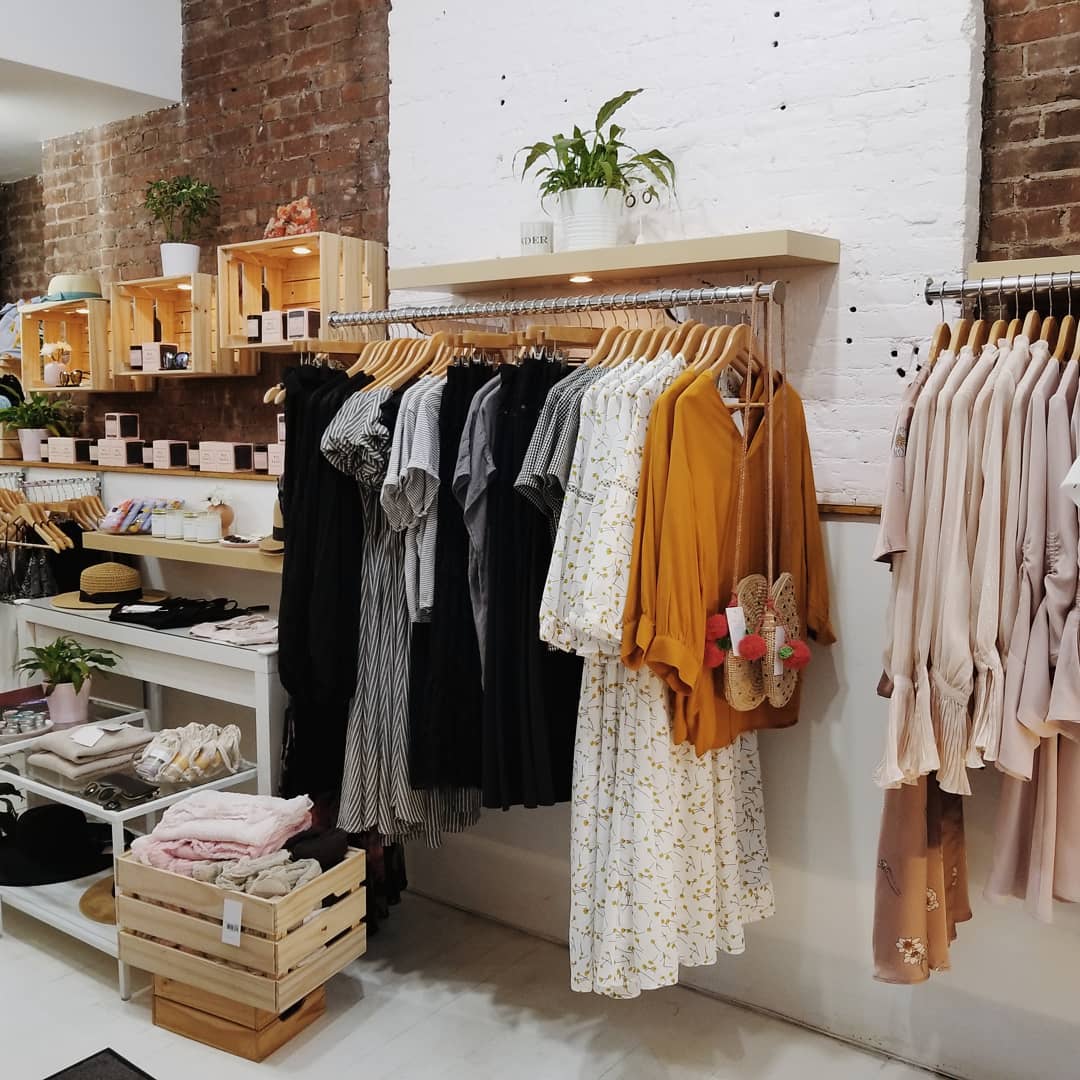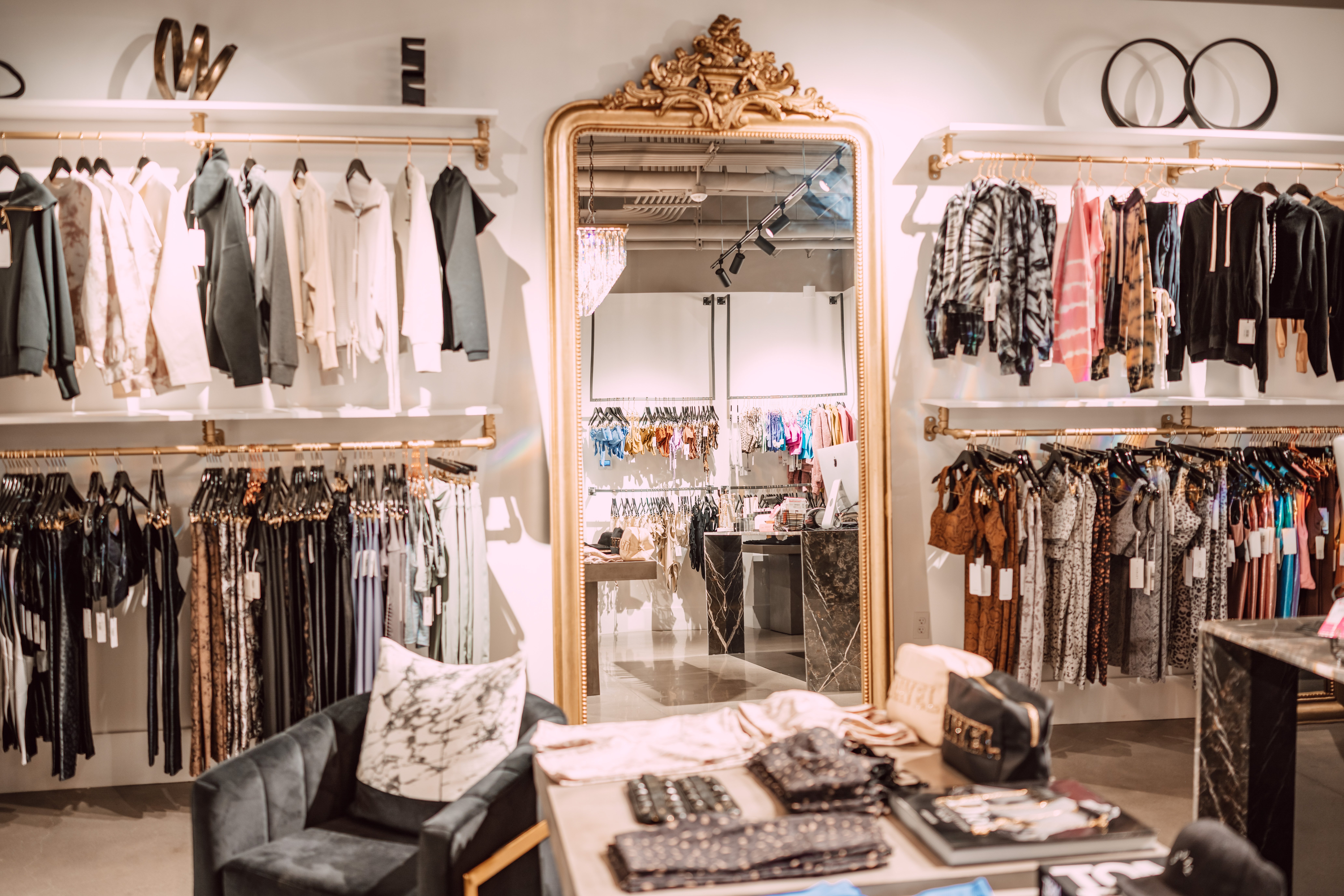The Effect of Social Media on Today's Boutique Fashion Trends
Wiki Article
A Deep Study the Globe of High-Fashion Runways: Understanding Clothes as Art
Designers, much like masterful artists, weave detailed narratives via form, color, and fabric, testing typical standards and redefining beauty criteria. As we discover these sartorial eyeglasses, we must contemplate: what role does fashion play in shaping social worths, and exactly how does it show the ever-changing tapestry of human emotion and identity?The Advancement of Runway Shows
The trajectory of runway programs has transformed substantially over the decades, developing from unique industry occasions to fascinating eyeglasses that blend style with art. Commonly, runway programs made love affairs, kept in ateliers or little locations, primarily gone to by buyers and sector insiders. These very early presentations concentrated on the garments' craftsmanship and commercial viability, offering a sensible and straight display of seasonal collections.As the style sector broadened, the nature of path programs started to transform. The 1970s and 1980s marked a transforming factor, with designers seeking to identify themselves via even more theatrical presentations.
In recent times, innovation and social media sites have actually even more changed path shows, making them easily accessible to a global audience. Livestreaming and digital platforms have actually equalized fashion, allowing enthusiasts worldwide to witness these occasions in real-time (boutique fashion). This evolution shows a broader cultural shift, where high-fashion runways function as a vibrant junction of efficiency, advancement, and design
Designers as Dreamer Artists
Just how have designers transcended their roles to come to be visionary artists? Designers in the high-fashion sector have blurred the lines between useful garment production and the theoretical realm of art. This makeover appears in the way they approach their collections, not just as clothes yet as profound expressions of society, identity, and feeling. By welcoming creative self-controls such as sculpture, painting, and avant-garde installments, designers craft garments that test standard style norms and elevate them to art kinds.Visionary developers draw motivation from a myriad of resources, including abstract art, historical references, and individual narratives. They have an one-of-a-kind ability to picture and appear concepts that push the limits of standard style, usually redefining aesthetic standards in the procedure. This creative resourcefulness is showcased through dramatic silhouettes, cutting-edge products, and intricate craftsmanship, which invite customers to experience style as even more than simply wearable products.
In addition, the runway works as a canvas for these artists, where lights, music, and set design coalesce to produce immersive experiences. These discussions are not merely displays of clothes but are managed performances that evoke emotion and prompt idea, attesting the developer's duty as a true musician in the modern cultural landscape.
Cultural Impacts in vogue
Social tapestry weaves its detailed patterns right into the material of style, influencing designers worldwide. The vibrant interchange of social tales, practices, and icons notifies and inspires collections that grace high-fashion paths. Developers meticulously attract from their heritage or involve with societies distinct from their own, crafting garments that work as aesthetic narratives. This social dialogue not only enhances the aesthetic diversity but additionally fosters a deeper understanding and gratitude of global identifications.The influence of culture on fashion is usually seen in the reinterpretation of conventional garments and patterns. The use of Japanese bathrobes, Indian saris, or African prints in contemporary style shows a mix of cultural credibility and modern aesthetic appeals. Developers such as Valentino's Pierpaolo Piccioli and Alexander McQueen's Sarah Burton have actually been recognized to integrate abundant social motifs into their couture collections, go to these guys converting background into wearable art.

Technology in Textile and Layout
Innovation in material and style regularly reshapes the landscape of high-fashion, pressing boundaries and redefining opportunities. Over the last few years, technical innovations have considerably added to this evolution, introducing products that test typical assumptions. Textiles ingrained with wise fibers, efficient in changing shade or managing temperature level, are no longer confined to the world of scientific research fiction. Developers are increasingly exploring the integration of modern technology, such as 3D printing, which enables for the production of intricate structures that were formerly unbelievable.Additionally, sustainability has become a critical theme in textile development. The apparel industry is observing a surge in using environment-friendly materials, originated from recycled plastics, organic fibers, check and even eco-friendly elements. These developments not only use new structures and appearances yet also address essential environmental problems. Designers are welcoming these materials to craft garments that are both mindful and aesthetically striking of their eco-friendly footprint.
more info here In terms of layout, avant-garde silhouettes and experimental types are constantly changing the path. By integrating unusual products and sophisticated strategies, designers cultivate garments that blur the line between fashion and art, setting new criteria for imagination and expression in the high-fashion sphere.
Impact of Style on Society
Style wields a profound influence on society, serving as both a representation of social identification and a stimulant for social modification (boutique fashion). With its evolution, fashion has actually mirrored social shifts, encapsulating the zeitgeist of different ages.Moreover, fashion has the power to bridge social gaps, cultivating understanding and admiration among diverse teams. As globalisation speeds up, the cross-cultural exchange of style ideas comes to be increasingly considerable, advertising inclusivity and variety. The rise of streetwear, stemming from city subcultures, illustrates just how fashion can go beyond socio-economic boundaries, giving people a way of self-expression and empowerment.
Basically, fashion is not merely about aesthetic appeals; it is a vibrant force that affects values, perspectives, and social development (boutique fashion). By continuously engaging with social and social currents, style remains an essential part of the collective human experience

Final Thought
Developers, comparable to visionary artists, coordinate collections that reflect identity, emotion, and cultural narratives, challenging typical aesthetics. This crossway of fashion and virtuosity not only captivates target markets globally yet likewise influences social perceptions and advertises a deeper appreciation for cultural variety.
Social tapestry weaves its intricate patterns into the textile of fashion, influencing designers around the world.Style wields a profound impact on society, offering as both a reflection of cultural identity and a driver for social modification.
Report this wiki page